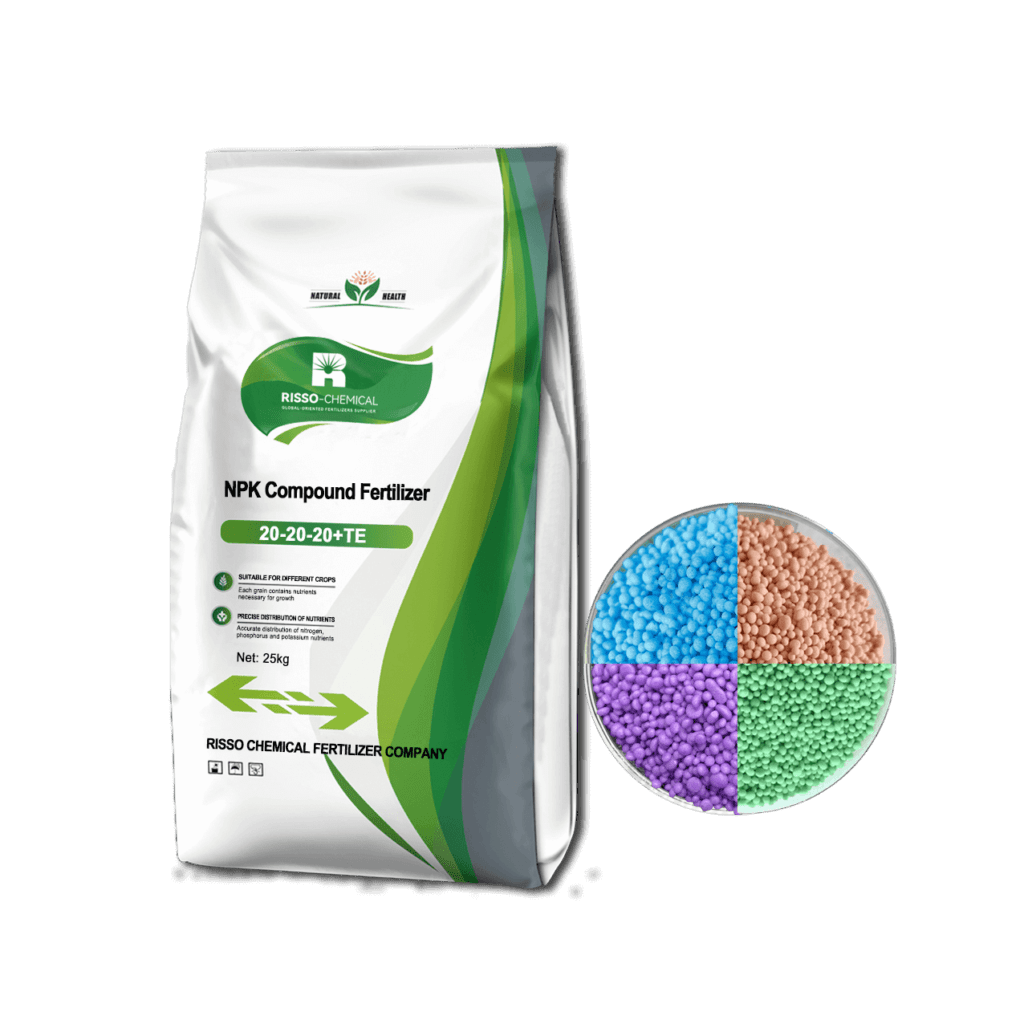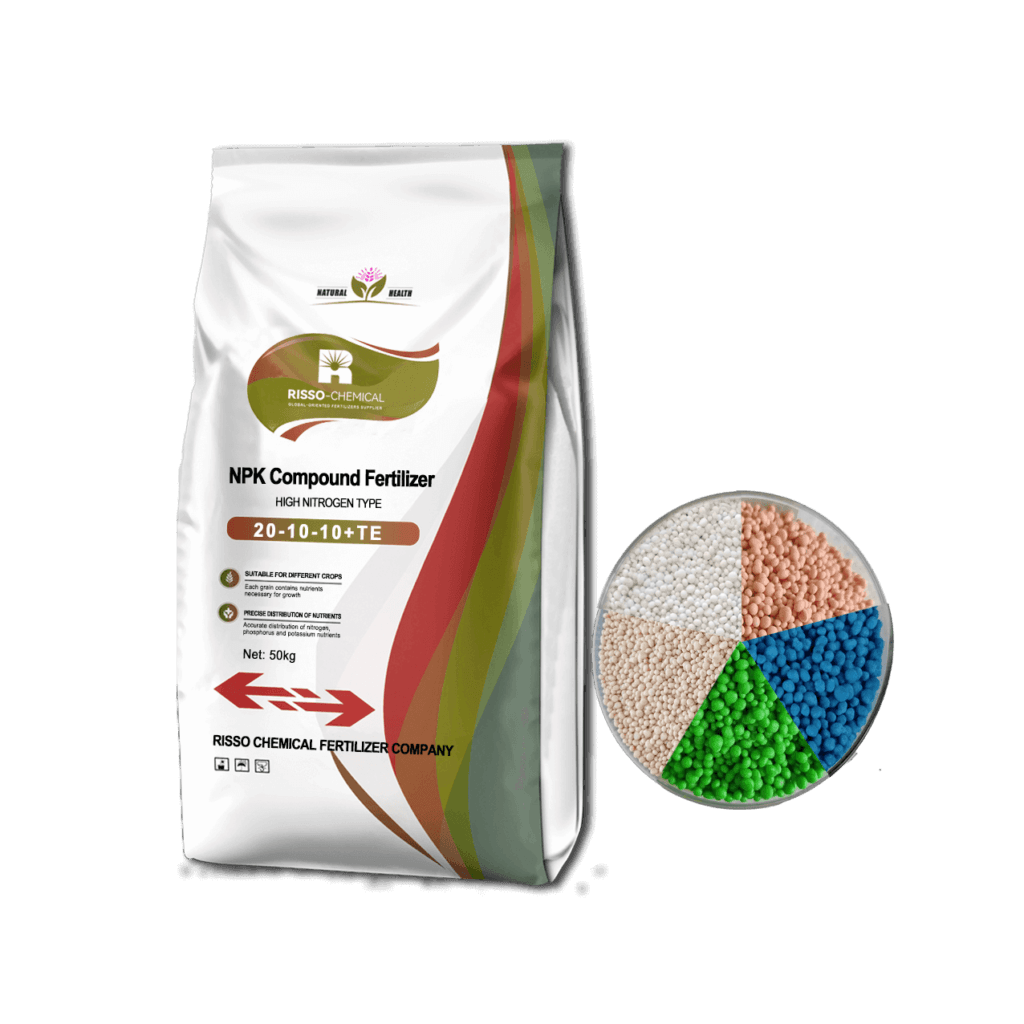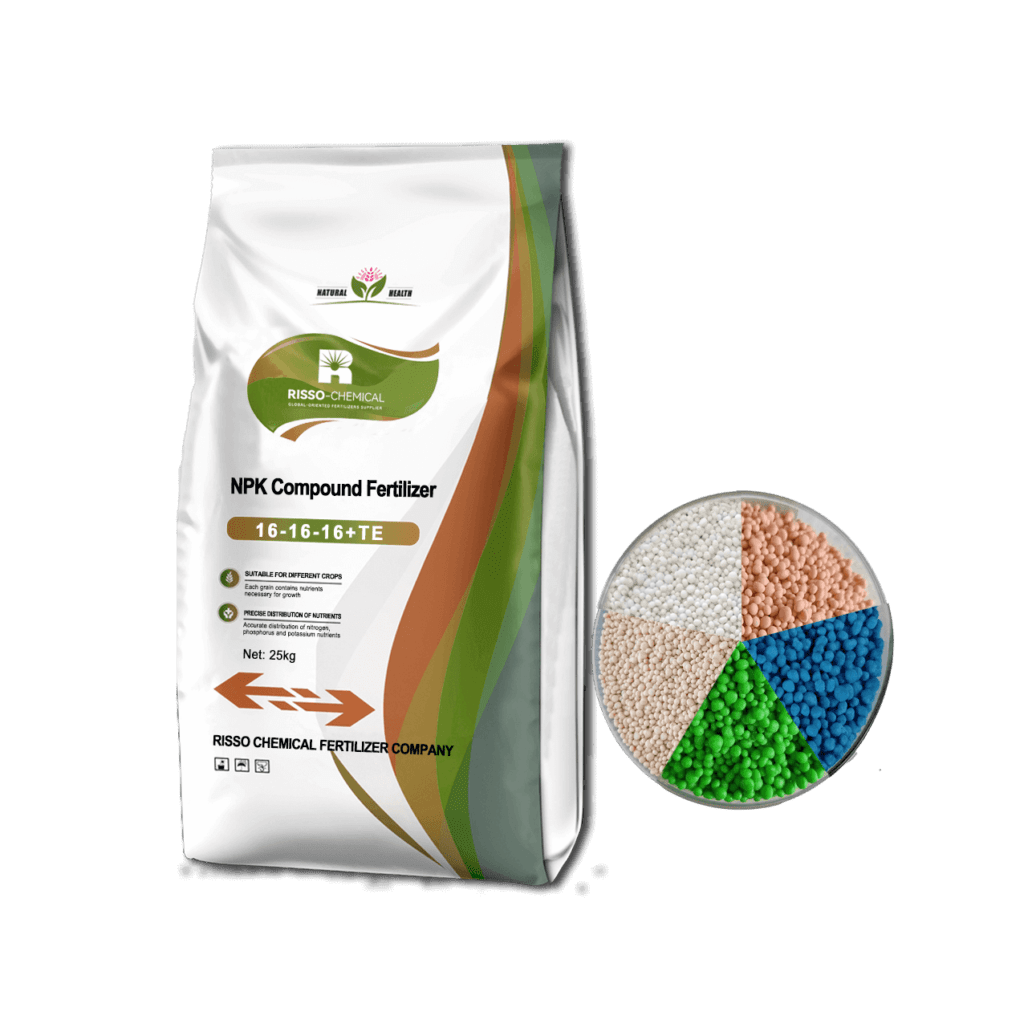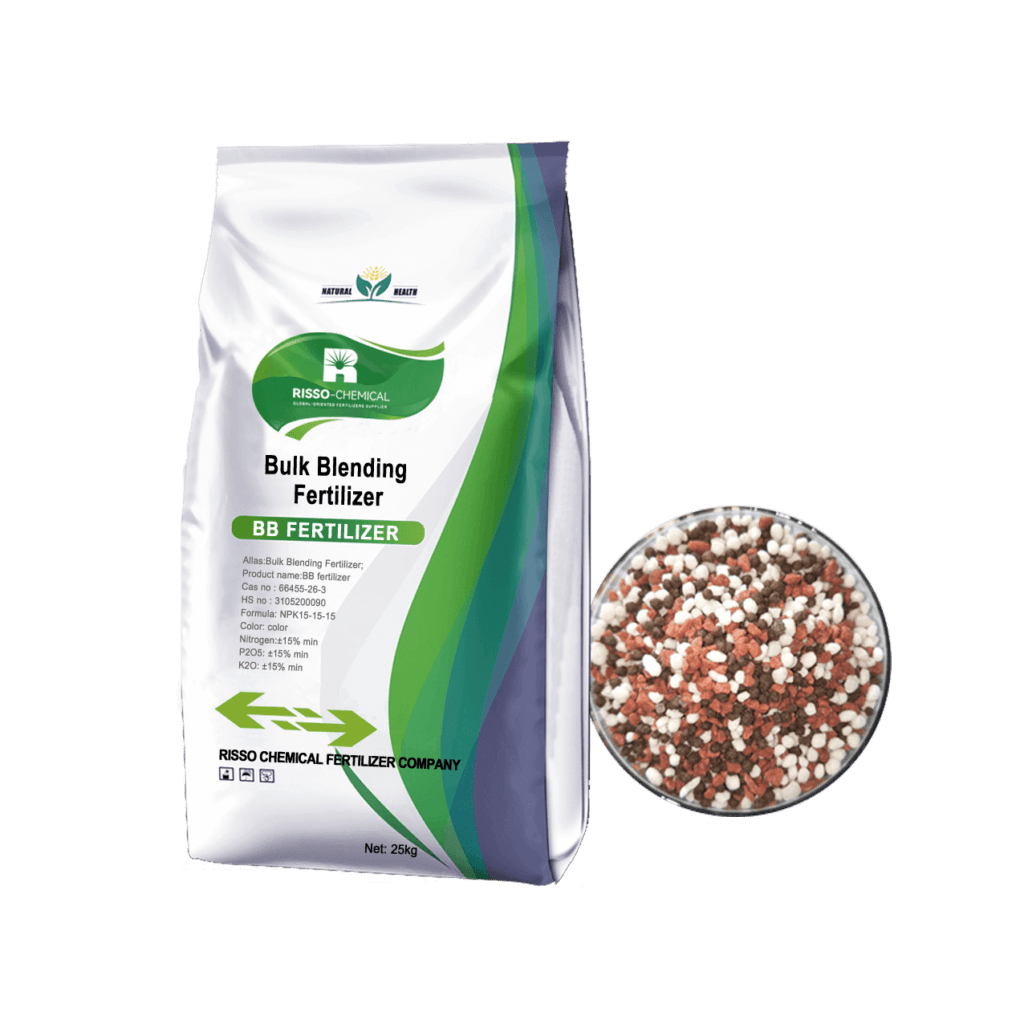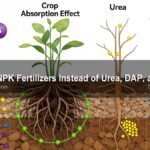Let more growers get greater benefits
Compound vs Blended Fertilizers: Key Differences Explained
- Industry News
- January 26, 2018
- 2:38 pm
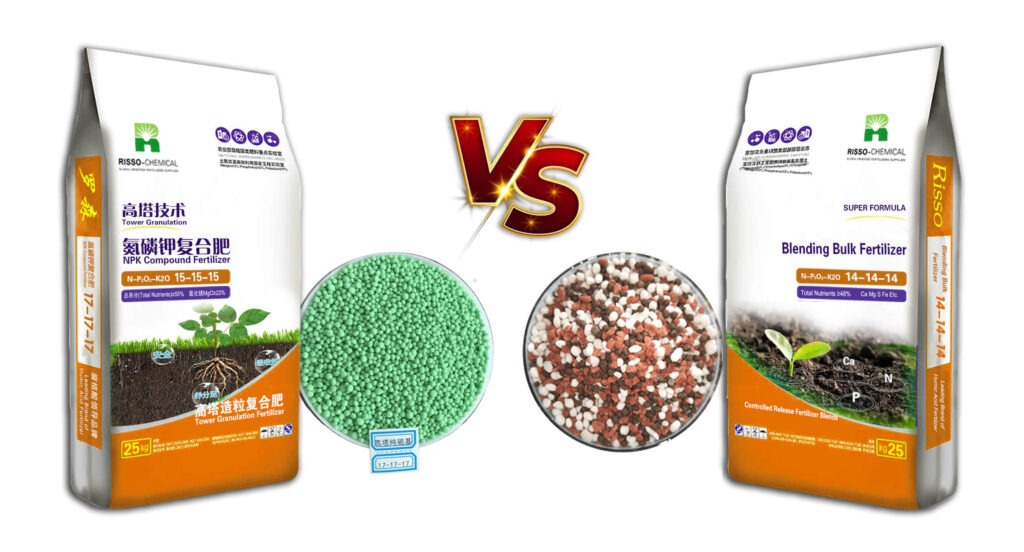

When it comes to enhancing crop yields and improving soil fertility, fertilizers play a crucial role. Among the many options available, Compound fertilizers and blended fertilizers are two commonly used types. Although both serve the purpose of supplying essential nutrients to plants, they differ significantly in their composition, manufacturing process, and application. Understanding these differences is vital for selecting the most suitable fertilizer for your agricultural needs.
Table of Contents
1. Composition
Compound Fertilizers
Compound fertilizers are products in which two or more essential nutrients, such as nitrogen (N), phosphorus (P), and potassium (K), are chemically combined into each granule. Each granule contains a uniform proportion of nutrients, ensuring consistency in nutrient distribution. These fertilizers are often categorized by their NPK types and NPK ratios, such as NPK 16-16-16 or NPK 20-10-10, where the numbers represent the percentage of each nutrient in the fertilizer.Blended Fertilizers
In contrast, blended fertilizers are a physical mixture of individual nutrient granules, such as urea, DAP (diammonium phosphate), or potash. The granules are not chemically combined, and their nutrient ratios may vary slightly within the mixture.
Compound Fertilizers
The production of compound fertilizers involves chemical reactions, granulation, and curing processes. This makes them more uniform in size, shape, and nutrient composition. For example, a common type of compound fertilizer is NPK 20-20-20, where each granule contains 20% nitrogen, 20% phosphorus, and 20% potassium.Blended Fertilizers
The manufacturing process of blended fertilizers is simpler and involves mechanically mixing different single-nutrient fertilizers. Since there’s no chemical reaction involved, this process is quicker and more cost-effective.
3. Advantages and Disadvantages
Advantages of Compound Fertilizers
- Uniform nutrient distribution leads to more consistent plant growth.
- Suitable for precise nutrient management in crops.
- Reduced risk of segregation during transportation and storage.
Disadvantages of Compound Fertilizers
- Higher production cost compared to blended fertilizers.
- Limited flexibility in nutrient ratios, as the composition is fixed.
Advantages of Blended Fertilizers
- Customizable nutrient ratios to meet specific crop requirements.
- More cost-effective due to a simpler manufacturing process.
Disadvantages of Blended Fertilizers
- Risk of nutrient segregation, leading to uneven application in the field.
- Granules may differ in size and density, which can affect spreading accuracy.
4. Fertilizer Application Guide
Proper use of fertilizers, including both compound and blended types, is essential for maximizing crop yield. Follow these fertilizer usage instructions for optimal results:
- Soil Testing: Conduct a soil test to determine the existing nutrient levels and select the appropriate NPK type and ratio.
- Application Rate: Follow the recommended application rate mentioned on the fertilizer label. Overuse can harm plants and the environment.
- Application Method: Distribute fertilizers evenly across the field, either manually or with a spreader, ensuring consistency in nutrient delivery.
- Watering: After applying fertilizers, irrigate the field to dissolve the nutrients and make them accessible to plants.
5. Application Considerations
- Compound Fertilizers are often preferred for precision farming, greenhouse cultivation, and areas requiring uniform nutrient application.
- Blended Fertilizers are widely used in large-scale farming, where cost and the ability to customize nutrient formulations are primary concerns.
Conclusion
Understanding the differences between Compound fertilizers and blended fertilizers allows farmers to make informed decisions based on their specific agricultural needs. Both types of fertilizers have their unique advantages and applications, and selecting the right one can significantly enhance productivity while optimizing costs.
By choosing the appropriate fertilizer type and ensuring proper application, you can achieve healthier crops and improved yields, paving the way for sustainable farming success.
NPK Related Products
If you want to know other questions about Compound fertilizers or Blended fertilizers, please contact us and we will provide professional answers.
- Article
What will you get when touch?
✔ Quick & helpful reply within 6 hours.
✔ Tailored solutions for your project.
✔ One-stop product, tech, market
TRENDING
Want to find a China fertilizer manufacturer?
Risso will be your best choice; send us your request for your fertilizer details requirement.
TAIAN RISSO CHEMICAL FERTILIZER CO.,LTD
- Address: High-tech Development Zone, Taian City, Shandong Province
© Copyright 2017 RISSO CHEMICAL. All Rights Reserved.



